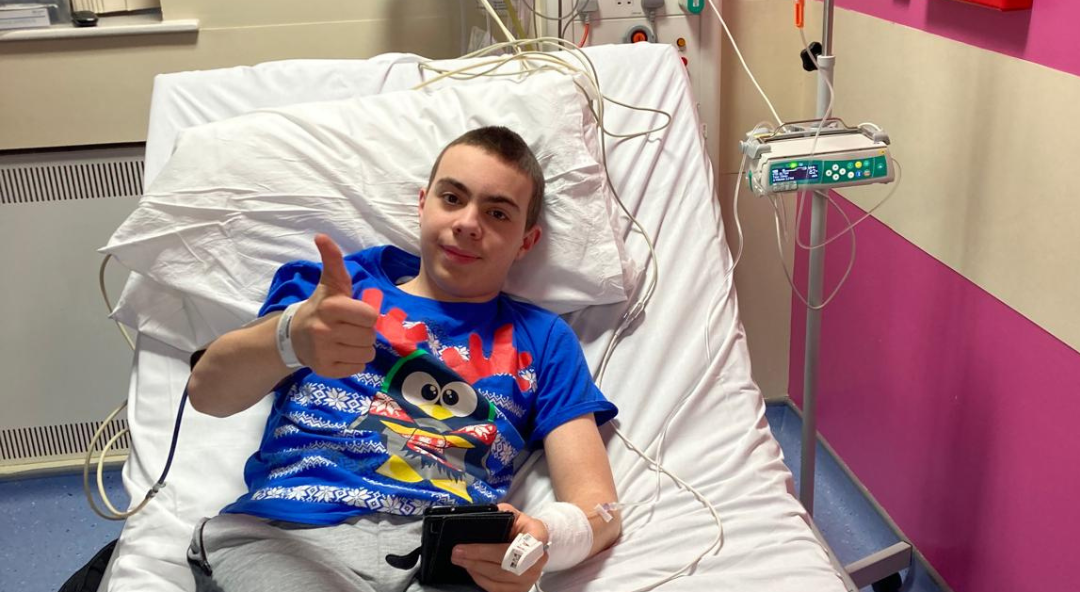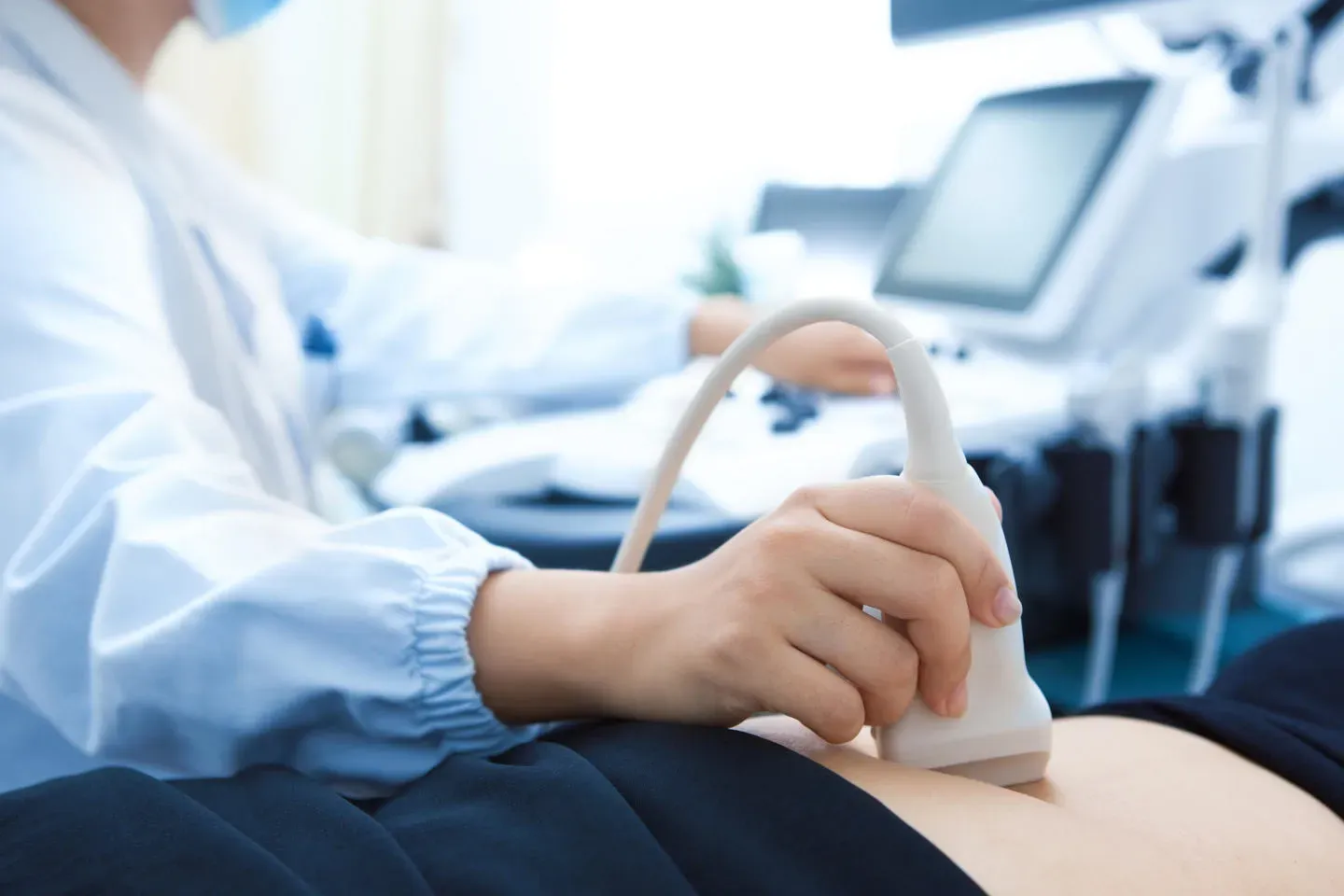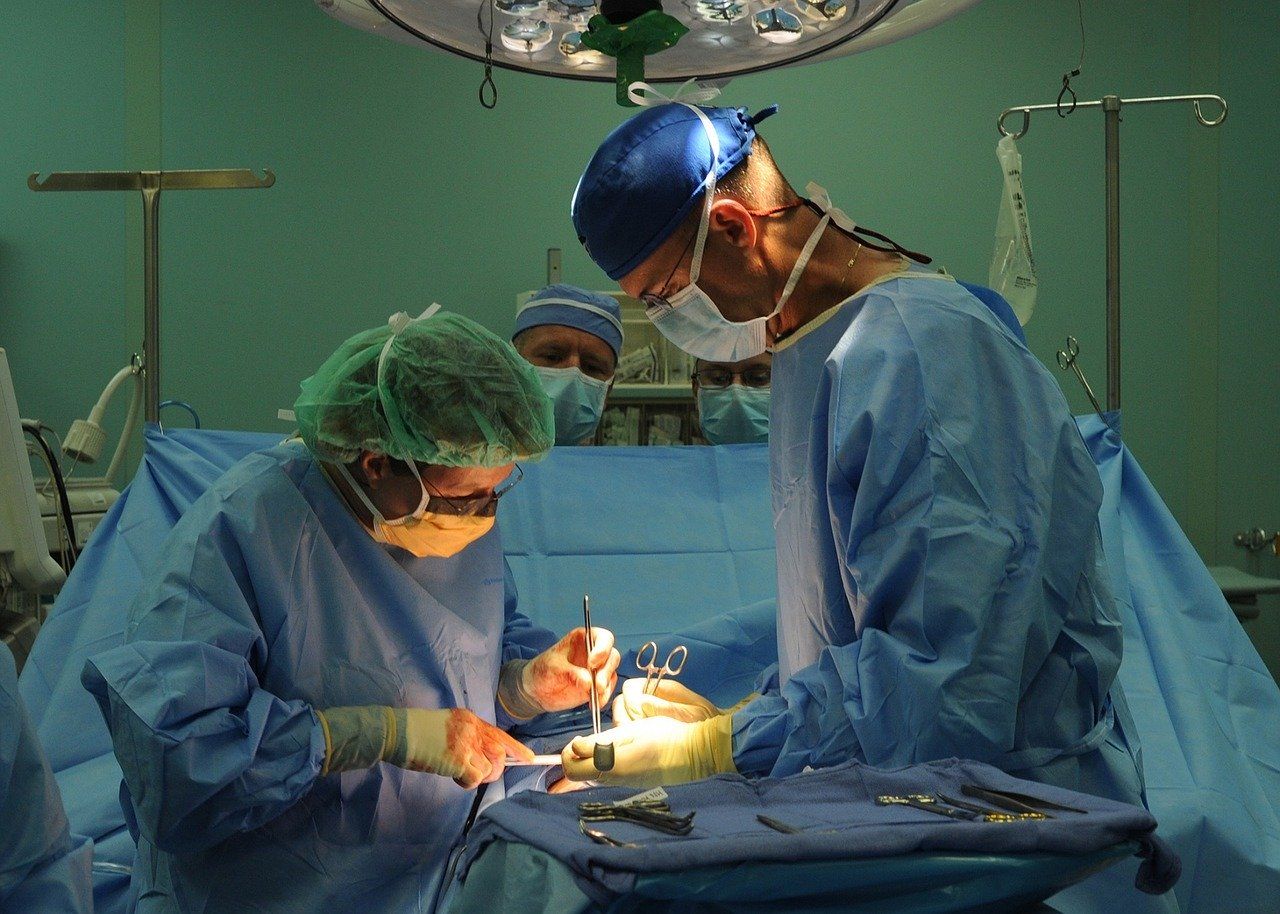New trial to test novel diagnostic for bladder cancer recurrence
Nonacus, an early cancer testing company, has announced two West Midlands-based trials to assess a new way of monitoring for recurrence of bladder cancer, using a novel test developed in collaboration with researchers from BHP founding-member the University of Birmingham.
The at-home urine test uses Nonacus’ highly-sensitive liquid biopsy technology, which was developed in conjunction with a panel of biomarkers developed by researchers from the University’s Bladder Cancer Research Centre.
Called Galeas Bladder, the test was developed while the company based itself at the University’s bio-incubator, the BioHub Birmingham, and a previous Cancer Research UK-funded study has already shown that it can accurately and consistently detect the presence of bladder cancer from a urine sample.
Professor Rik Bryan, Director of the Bladder Cancer Research Centre, said: “These trials are the culmination of eight years of collaborative research and development between the University of Birmingham and Nonacus, which has the potential to help the millions of patients at higher risk of bladder cancer across our country and worldwide.”
Tony Hickson, Chief Business Officer at Cancer Research UK said: “As funders of much of the world-class, cutting-edge cancer research happening in the UK, we offer unique opportunities to commercial partners looking for early involvement in new discoveries. Having Nonacus on board to help transform promising findings in the lab into a new non-invasive test to diagnosis bladder cancer is a testament to how commercial collaborations have the potential to transform the lives of patients. We are looking forward to seeing the next steps as the test is developed and rolled out to the UK and beyond.”
Jeannie Rigby, CEO of Action Bladder Cancer, said ” Bladder cancer can often be diagnosed late and has a high level of recurrence – which can lead to poor outcomes for patients – and bladder cancer has been neglected in terms of new research in the past. Action Bladder Cancer UK, bladder cancer patients and their families, welcome this exciting development in improving testing for bladder cancer.”
Richard Parker, Mayor of the West Midlands, commented: “Health-tech is about better care for patients, shorter waiting times and more good jobs here in the West Midlands. Through my Growth Plan we are making this one of the best places in the country to develop and roll out new treatments – from expanding our innovation clusters to supporting local medtech businesses to grow and export. The technology I’ve seen today is proof that when we back science, patients and the economy both win.”
Peter Kyle, Secretary of State for Science, Innovation and Technology, added: “In a region renowned for engineering, with Richard Parker as Mayor, the West Midlands is setting the pace for medical technology. Nonacus’ innovative approach to testing for bladder cancer will help save patients time and the NHS money. Life sciences is a growth sector for the West Midlands and the UK as a whole combining the power of our universities, the creativity of our businesses and the strength of our NHS.”





